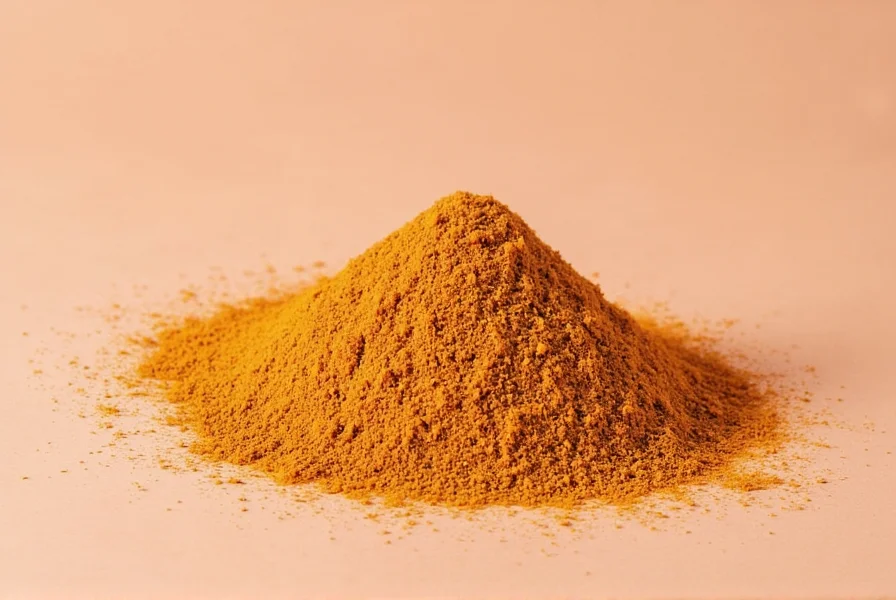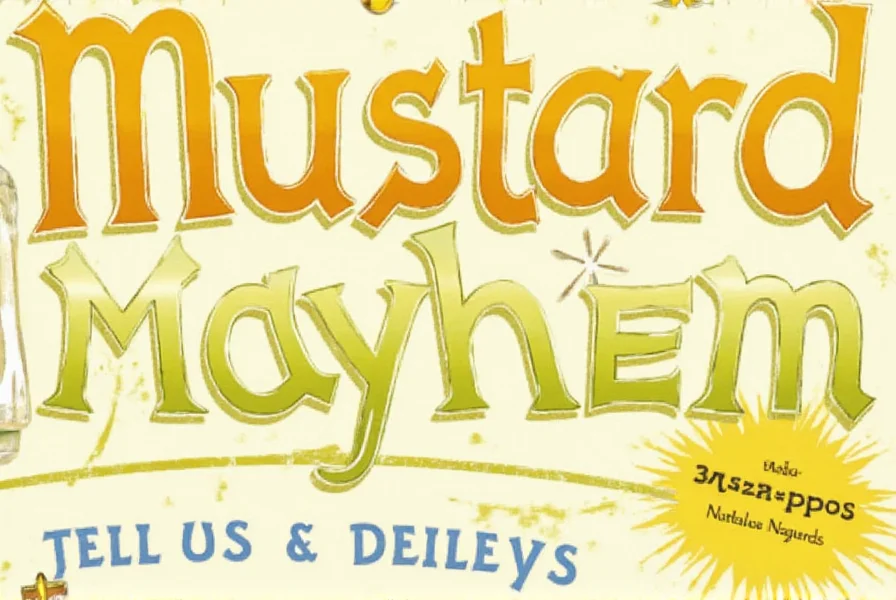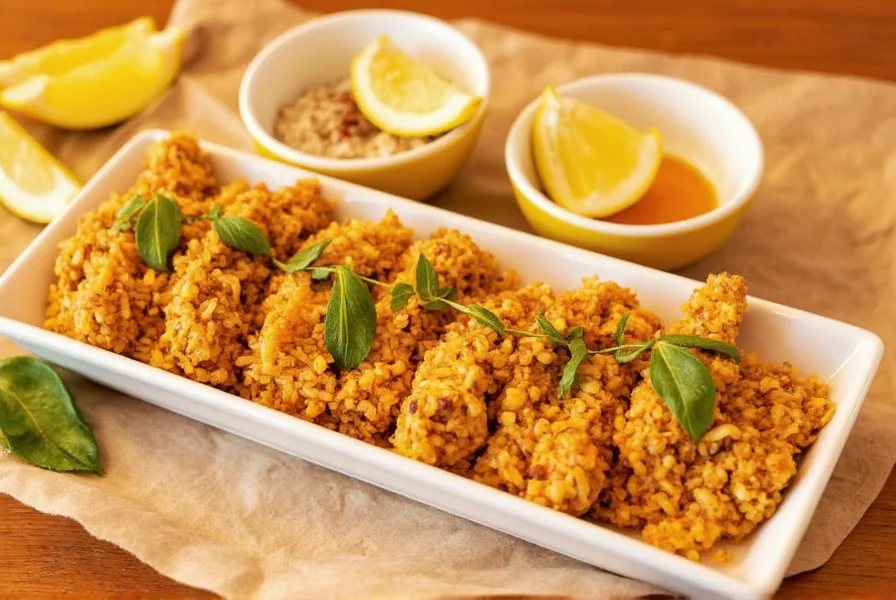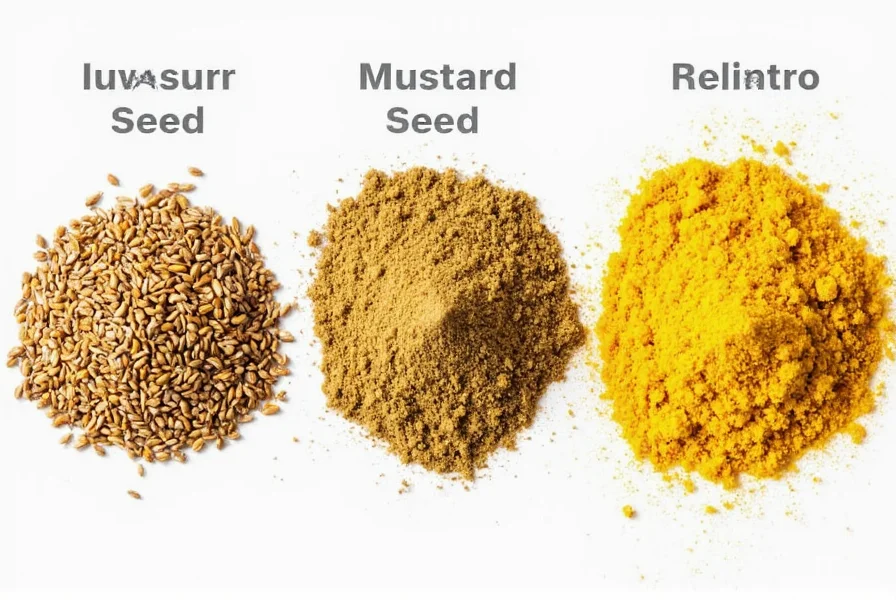Table of Contents
Introduction to Using Mustard in Cooking
Spice is more than just a flavor enhancer—it's a cultural phenomenon, a culinary art, and sometimes even a personal statement. Among the many spices that have captured our taste buds, one stands out for its versatility and boldness: mustard. But how is mustard used in cooking? And how can it elevate your cooking game? In this article, we'll dive deep into the world of mustard, from its origins to its modern-day uses.

What Is Using Mustard in Cooking?
Using mustard in cooking involves incorporating mustard into dishes or sauces to add a sharp, pungent, and slightly spicy kick. It's not just about adding mustard as a condiment; it's about using it strategically to enhance flavors, balance richness, or create a unique depth in your food. Whether you're making a vinaigrette, a marinade, or even a sauce, mustard can be a game-changer.
Mustard comes in various forms—yellow, Dijon, whole grain, and more—and each has its own flavor profile. But when it comes to using mustard, the key is understanding how to use it effectively without overpowering your dish. Let's break it down.

How to Use Mustard: A Step-by-Step Guide
Using mustard in cooking isn't complicated, but it does require some finesse. Here's how you can start:
- Choose Your Mustard: Start by selecting the right type of mustard. Yellow mustard is mild and great for sandwiches, while Dijon adds a tangy bite that pairs well with meats and vegetables.
- Start Small: Even the strongest mustards can be overwhelming if used in excess. Begin with a teaspoon or less and adjust based on your taste.
- Emulsify for Smoothness: When mixing mustard into sauces or dressings, whisk it in gradually. This helps it blend smoothly and prevents clumping.
- Pair Wisely: Mustard pairs well with acidic ingredients like vinegar or lemon juice. It also works wonders with fatty foods like steak, fish, or roasted vegetables.
- Experiment with Flavors: Don't be afraid to mix different types of mustard or combine them with other spices for a custom flavor profile.

Practical Tips for Using Mustard
Whether you're an amateur enthusiast or a seasoned pro, here are some practical tips to help you master the art of using mustard in cooking:
- Use it in Marinades: Mustard acts as a natural tenderizer and helps infuse flavors into meats. Try mixing it with herbs, garlic, and olive oil for a flavorful marinade.
- Boost Salad Dressings: A dash of mustard can add depth and complexity to your favorite salad dressings. It also helps emulsify oil and vinegar, giving your dressing a silky texture.
- Add to Baked Goods: Believe it or not, mustard can be used in baked goods like breads or pastries. It gives a subtle tang that complements savory flavors.
- Enhance Grilled Meats: Brushing grilled meats with a mustard glaze adds a smoky, zesty finish that elevates the overall flavor.
- Make a Quick Sauce: Combine mustard with butter, garlic, and herbs for a quick and easy sauce that pairs perfectly with seafood or poultry.
Buying Guide for Mustard Products
If you're serious about using mustard in cooking, it's important to know what to look for when purchasing mustard products. Here's a detailed buying guide to help you choose the best options:
| Product | Features | Best For | Target Audience | Suitable Occasions |
|---|---|---|---|---|
| Yellow Mustard | Mild, sweet, and tangy | Sandwiches, hot dogs, burgers | Family meals, casual gatherings | Barbecues, picnics, fast food |
| Dijon Mustard | Tangy, sharp, and slightly spicy | Salads, meats, sauces | Cooking enthusiasts, gourmet lovers | Dinner parties, fine dining |
| Whole Grain Mustard | Coarse texture, earthy flavor | Roasted vegetables, cheeses, charcuterie | Foodies, artisanal chefs | Gourmet events, cheese tastings |
| Spicy Mustard | Heat with a punch | Hot dogs, sausages, spicy dishes | Adrenaline seekers, chili lovers | Festivals, street food, BBQs |
When choosing a mustard, consider the flavor intensity and how it will complement your dish. Some brands specialize in organic or low-sodium versions, which can be a great option for health-conscious individuals.

Frequently Asked Questions About Using Mustard
Here are some common questions about using mustard in cooking and their answers:
What is mustard used for in cooking?
Mustard is used to enhance flavors, balance richness, and add depth to dishes. It serves as a natural emulsifier in dressings, a tenderizer in marinades, and a flavor booster in sauces, baked goods, and grilled meats. Its versatility makes it a staple in kitchens worldwide.
What's the difference between various types of mustard for cooking?
Different mustards serve distinct culinary purposes. Yellow mustard is mild and ideal for sandwiches and casual applications. Dijon offers a tangy bite perfect for sauces and dressings. Whole grain mustard provides texture and earthiness ideal for cheese pairings and roasted vegetables. Spicy mustard delivers heat that complements sausages and bold-flavored dishes. The key is matching the mustard type to your recipe's flavor profile and intensity needs.
How much mustard should I use in a recipe?
When using mustard, less is often more. Start with 1-2 teaspoons for most recipes and adjust to taste. Mustard's flavor can intensify as it cooks, so it's better to begin conservatively. For dressings, a ratio of 1 part mustard to 3 parts vinegar works well as a base. In marinades, 1-2 tablespoons per pound of meat provides flavor without overpowering. Remember, you can always add more mustard, but you can't remove it once added!
Can mustard really tenderize meat?
Yes, mustard contains enzymes that help break down proteins, making it an effective natural tenderizer. The acid in mustard (particularly in Dijon varieties) also helps denature meat fibers. For best results, use mustard in marinades with other acidic ingredients like vinegar or citrus juice, and allow meats to marinate for 2-12 hours depending on the cut. This creates juicier, more flavorful results when cooking.
What are the best dishes for using mustard?
Mustard shines in many applications: it's excellent in vinaigrettes (where it helps emulsify oil and vinegar), as a meat marinade component, brushed on roasted vegetables, mixed into potato or pasta salads, and as a secret ingredient in cheese sauces. It pairs particularly well with fatty foods like salmon, pork, and duck, where its acidity cuts through richness. Don't overlook its potential in baked goods either—a small amount can add complexity to savory breads and biscuits.
Does mustard lose its flavor when cooked?
Mustard's flavor does change when cooked. Raw mustard has a sharp, pungent heat that mellows as it's heated. Cooking also affects the enzyme responsible for mustard's heat, resulting in a more subtle flavor. For maximum flavor impact in cooked dishes, add mustard toward the end of cooking. If using in long-simmered dishes, you may want to use slightly more initially and then adjust seasoning at the end. Dijon mustard generally holds up better to cooking than yellow mustard.
Conclusion
Using mustard in cooking may seem simple at first glance, but it's a powerful tool that can transform your dishes. From its humble origins to its modern-day versatility, mustard has proven itself as a staple in kitchens around the world. By mastering the art of using mustard, you'll unlock new dimensions of flavor and elevate your culinary skills to the next level.
So, whether you're grilling a burger, making a salad, or experimenting with new recipes, don't forget the power of a little mustard. After all, as the saying goes, 'The difference between good and great is a little bit of mustard.'










 浙公网安备
33010002000092号
浙公网安备
33010002000092号 浙B2-20120091-4
浙B2-20120091-4